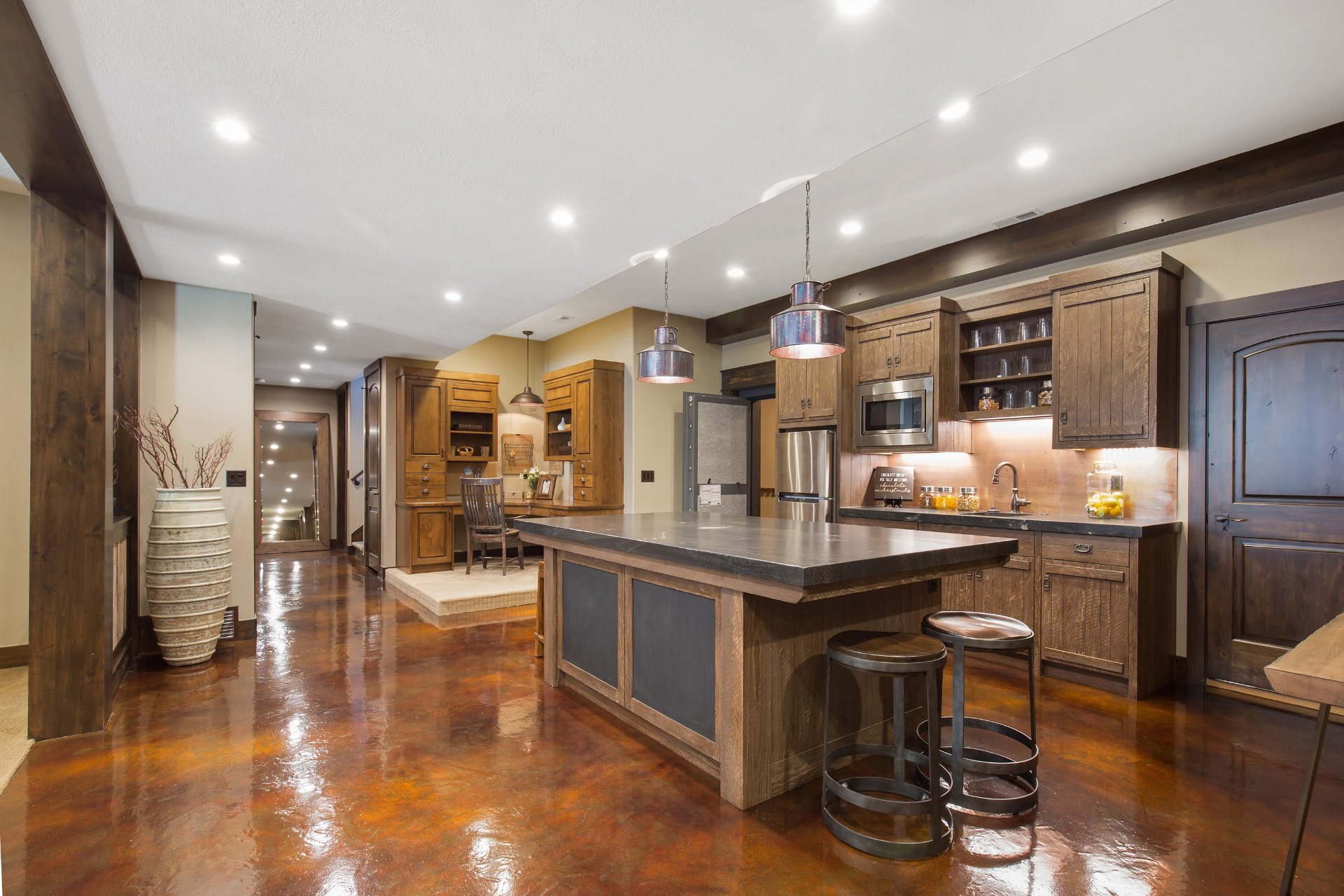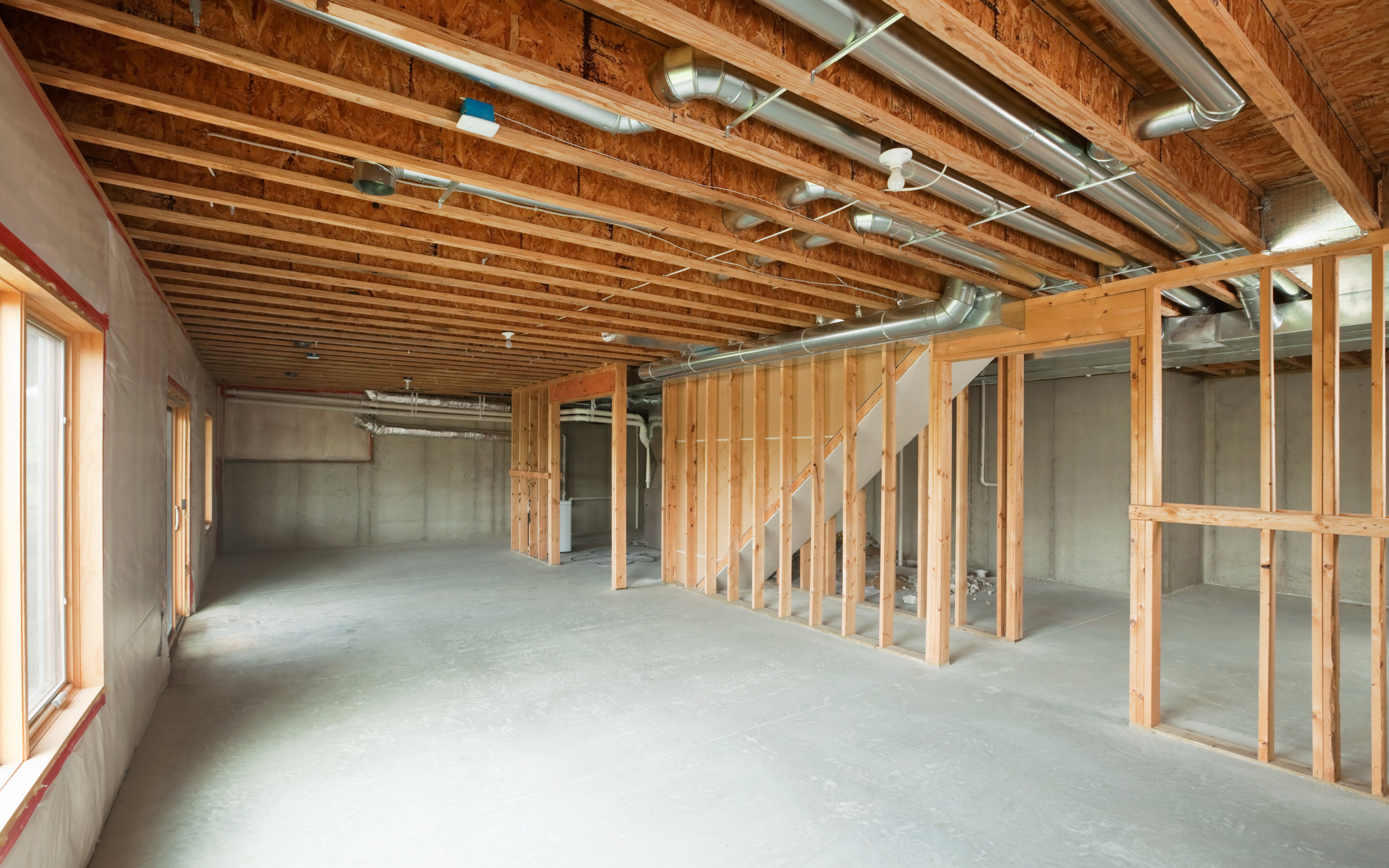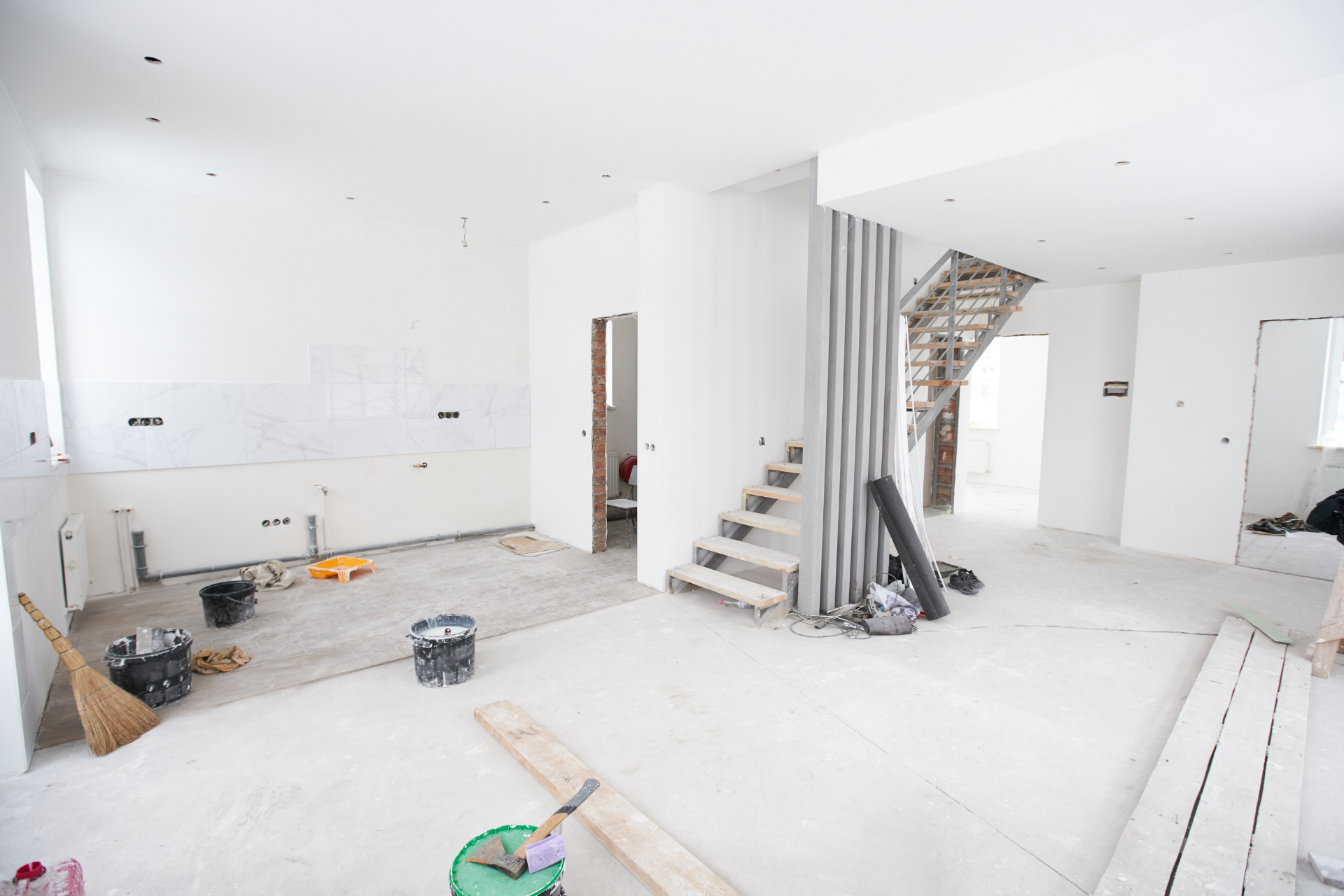A basement cold room provides you with the opportunity to store things like food during the fall season, items like vegetables, fruits, nuts, and bulk purchases are just some items that you can store in your cold room. This is not only cost-effective but also eliminates the need for frequent trips to the grocery store in Canada’s freezing weather. The construction of a cold room may be considered old-fashioned, but it is experiencing a resurgence in popularity in 2023 due to its convenience, affordability, and energy efficiency. Those who want to build a cold room are often individuals who value self-sufficiency and those who actively support buying locally sourced produce.
Do I Need A Cold Room?
While a cold room is an excellent idea to save money and space, it may not be an option for every homeowner. Not every house has the space and budget for it, and the savings are for the long term.
However, if your house has the space for a cold room, and you don’t need the extra space to build a secondary suite, it is definitely worth it. It will free up more space in the rest of your house, and allow you to buy products in bulk, saving you money along with trips to the grocery store.
According to Statistics Canada, food purchased from stores rose 10.6% year over year in February. So why wouldn’t you buy in bulk and save money?
What Can You Store In A Cold Room?
A basement cold room is a perfect place to store garden produce, non-perishable food items, products bought in bulk, beverages, and more! It can help preserve the foods from your garden and those bought at a local farmer’s market. Fill your cold room with:
- Root crops: onions, garlic, parsnips, beets, turnips, rutabagas, potatoes
- Other vegetables: tomatoes, pumpkins, squash, winter cabbage
- Fruit: apples, pears, oranges
- Flower bulbs awaiting spring planting
- Beverages: wine, beer, carbonated soda, bottled water, homemade apple cider
- Preserves, jams, canned goods
- Non-perishable foods: nuts, pasta, cereal, rice, oatmeal, coconut, beans/lentils (in air-tight containers)
- Temporary storage of overflow from holiday meals; Christmas, Thanksgiving, Easter, etc.
Tip: Make sure to clean and maintain your cold room regularly. A build-up of dust or debris provides food for mold.
How To Build A Cold Room In Your Basement
You can create a cold room in your basement by walling off and insulating a corner area. The concrete walls will provide cooling, while insulation will keep cool air from other basement rooms.
Finding a certified contractor for the job is strongly advised. They will have experience in building and renovating basements and will be able to help you build the cold room properly.
- Choose a corner location for maximum exposure to exterior walls. The more concrete, the better. Ideally one of the exterior walls will have northern exposure.
- Install two 4-inch dryer vents to create a siphon effect letting you regulate the flow of outside air into the insulated cold room. Choose vents with manually operated dampers (to control airflow) and internal screens (to prevent insects and animals from entering) and install them at least 10 inches apart. Caulk well.
- Run ductwork (dryer pipe or PVC pipe) from one of the vents to the floor to direct cold air downward. Cold air will flow in one vent and down to the floor while warm air will rise and exit via the other vent.
- You may wish to install a small exhaust fan to supplement airflow (optional).
- Frame the walls and doorway.
- Insulate the interior walls with a two-inch extruded polystyrene foam board as it’s moisture tolerant, reasonably priced, easy to work with, and perfect for evening temperature swings.
- Use polyurethane construction adhesive to secure the foam board applying a continuous line.
- Do not insulate the exterior walls.
- Add a plastic vapor barrier on the warm side of the structure. Tape the seams.
- Cover the outside with paneling or drywall. Do not finish the inside walls.
- Insulate the ceiling of the cold room, starting with a vapor barrier and then rigid foam insulation.
- Plan your shelf layout for maximum air movement. Ceiling-mounted metal shelving works well.
- Install an insulated door sealing the base with weather stripping.
Tips For Maintaining Your Basement Cold Room:
- Only store clean, intact, unblemished fruits and vegetables as they are less likely to rot.
- Examine your stock occasionally to find and remove spoiled items.
- Vegetables and fruits can be stored from a few days to several months.
- Most non-perishable items require storage in air-tight containers.
- Rotate stock to avoid creating outdated items.
- The ideal temperature for a cold room is between 2 and 10 degrees Celsius.
- The ideal relative humidity is between 85 to 90%.
- If your humidity level is too low, occasionally spray the floor with water.
- Use a battery-operated thermometer/hygrometer to help you monitor storage conditions.
Hiring A Contractor For Your Basement Cold Room
If you need to keep a large number of items cool for an extended time, a basement cold room may be the solution for you. A passively cooled room is an inexpensive, convenient, and energy-efficient solution to the need for cold storage. If you’re interested in constructing a basement cold room, call your Calgary basement experts at (403) 768-0256 or email at info@econobasements.ca. At Econo Basements, we have the experience, knowledge, and proficiency to help you build your dream basement.
Image source: LetsRenovate






